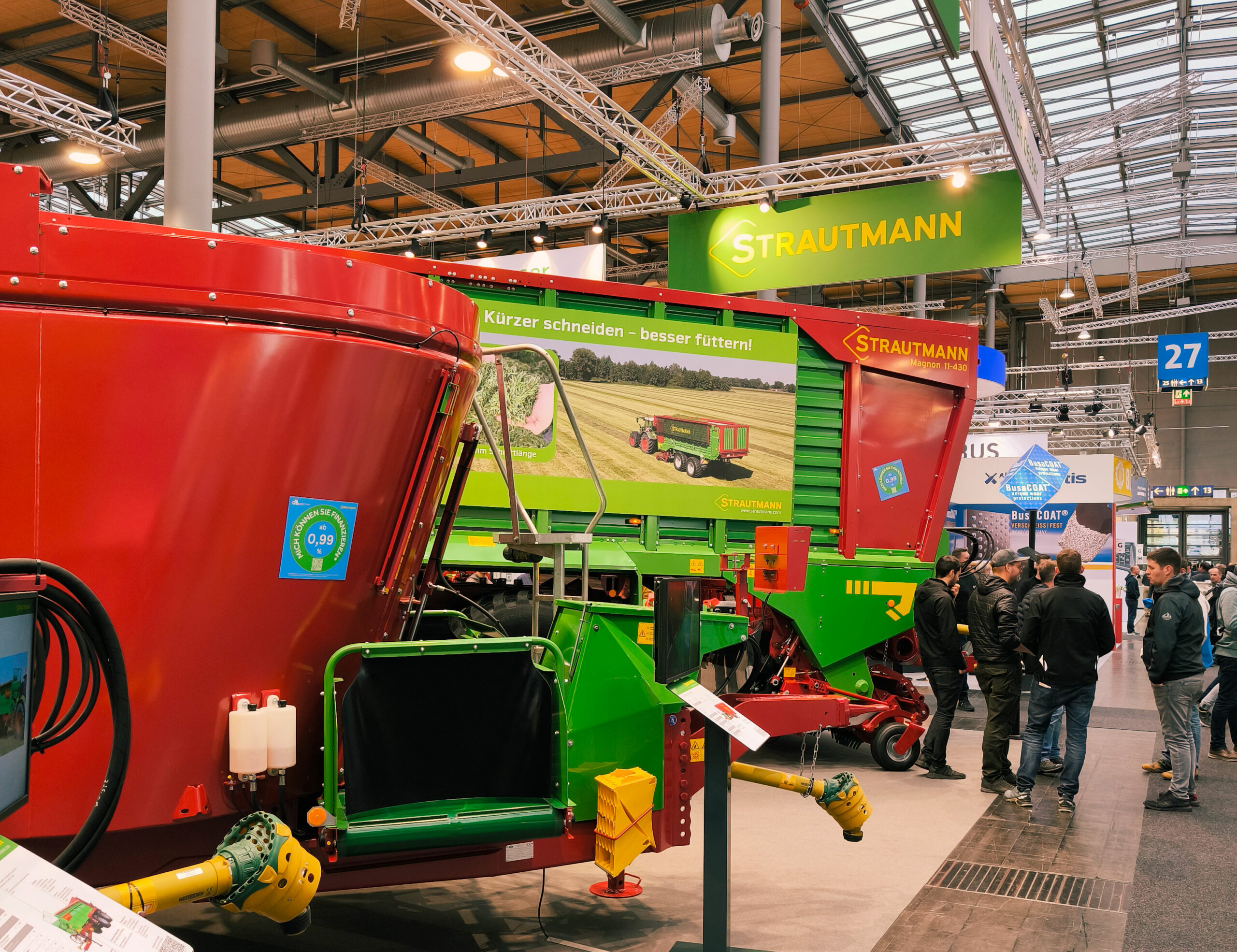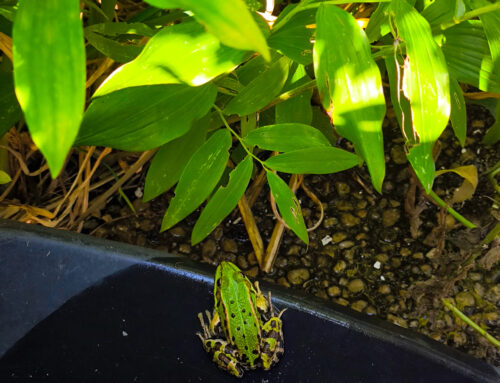Die Pandemie ist fast vergessen. Zugfahren und Fliegen ist wieder unmaskiert möglich, die gefühlten Panikanfälle der sich um einen mit Hustenanfall kämpfenden U-Bahn Fahrgast platzierten Personen hat nachgelassen.
Messen waren völlig in Vergessenheit geraten – so auch die größte Landwirtschaftsmesse in Hannover, die Agritechnika. Vom hier schreibenden Designer seit Jahrzehnten besucht. Gespräche mit alten Kunden, Gespräche mit potenziellen Neukunden? Nein – eher nicht. Die Aussteller sind auf den Verkauf orientiert, ihr gutes Recht. Da will man nicht stören!
Ein Handschlag am Stand bei alten Bekannten, ein kurzes Winken. Das reicht hier.
Am Feldrand bemerkt, Handschlag galt in der Landwirtschaftsbranche lange – war ebenbürtig mit einem Notariellen Vertrag. Es wäre wohl blauäugig zu sagen, dass es immer noch so wäre.
Möglicherweise hat sich auch der ein oder andere kreditgebende Bankier nach einem Handschlag des zupackenden Agrarunternehmers ein paar Tage wegen Quetschungen an der auf Mausezarte Klicks gewöhnten Hand, krankmelden müssen, wir wissen nicht, was die Bevorzugung der schriftlichen Bestätigung ausgelöst hat.
Viele Mäuse muss man berappen, will man eines der ausgestellten landwirtschaftlichen Geräte erwerben. Danach sind die Tierchen aber eher eine Plage. Ist doch so ein Mähdrescher außerhalb der Erntesaison ein attraktives Heim mit einem gut versteckten Wintervorrat, an vielen schwer zugänglichen Stellen. Dumm nur, wenn dann im Eifer des Körnerknabberns, dass ein oder andere Kabel der Signalübertragung des komplexen Steuerungssystems Schaden leidet und mangels Isolationsschichten spannungsgeladen Inhalte mit dafür nicht vorbereiteten Baugruppen teilt.
Im Gegensatz zum bodenständigen Agrargerät stehen die summenden und sirrenden Helferlein. Nein, nicht bedrohte Bienenvölker, sondern teils autarke, KI bestückte MiniKopter, die Bestandsaufnahmen vornehmen, punktuell Maßnahmen ergreifen zur effizienteren Landwirtschaft.
Dabei wird eine andere Problematik aufgeworfen. Was ist wirklich effizient? Bodenverdichtung und Grundwasserbelastung sind zum Beispiel Punkte, die in der Effizienz Betrachtung beim Ackerbau in den letzten Jahrzehnten wenig Berücksichtigung fanden. Jetzt werden im Zeichen des Klimawandels andere Faktoren auch wichtig – was passiert auf der Anbaufläche bei Trockenheit? Starkregen? Zunehmender UV-Belastung? Starkwind?
Wo liegt hier die Zukunft der Landmaschinenhersteller und wie sollten sie agieren?
Spannende Fragen, auf die es nicht sofort eine Antwort gibt. Nur die Fragen sollte man im Hinterkopf haben, wenn man Zukunft denkt.








